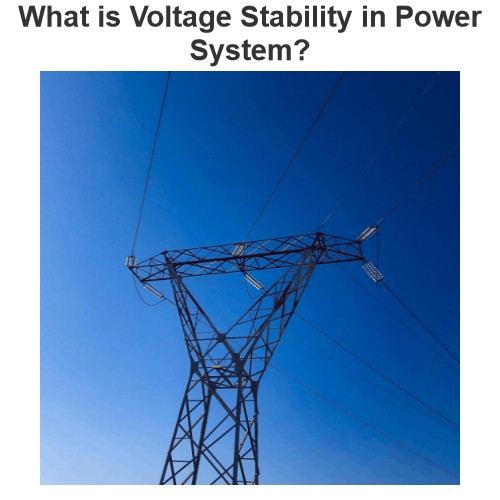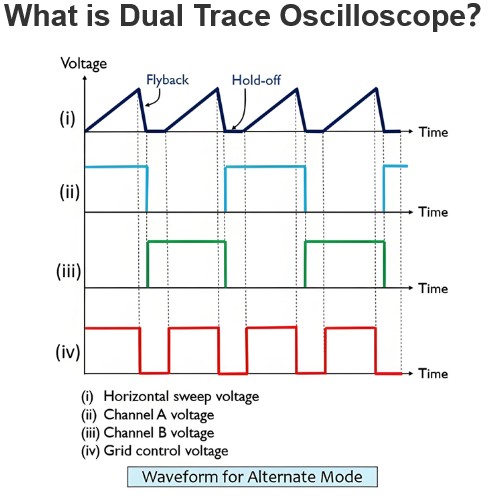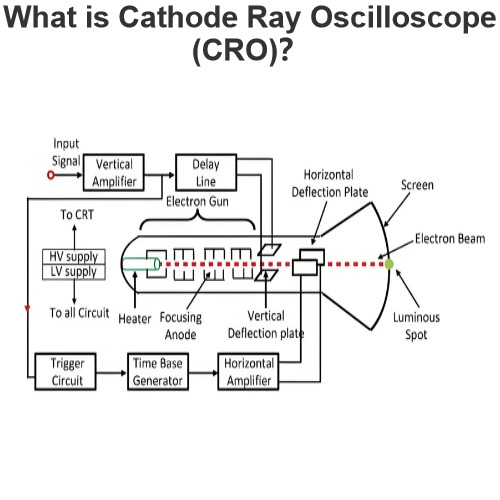What is Power Factor?
What is Power Factor?
Power Factor Definition
Power factor is defined as the ratio of real power used by a system to the apparent power transmitted through the circuit.

Understanding Reactive Power
Reactive power does no useful work itself, but it supports the active power in accomplishing useful work.
Power Factor Formula
The power factor is calculated as the cosine of the phase angle between the source voltage and current.

Power Factor Improvement Methods
Capacitor banks
Synchronous condensers
Phase advancers
Economic Benefits
Improving the power factor can significantly reduce electrical losses and operational costs, making the system more efficient and cost-effective.
The Electricity Encyclopedia is dedicated to accelerating the dissemination and application of electricity knowledge and adding impetus to the development and innovation of the electricity industry.













